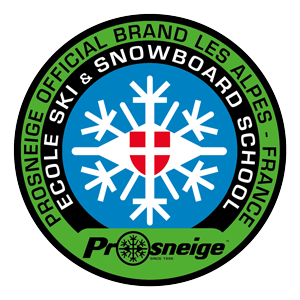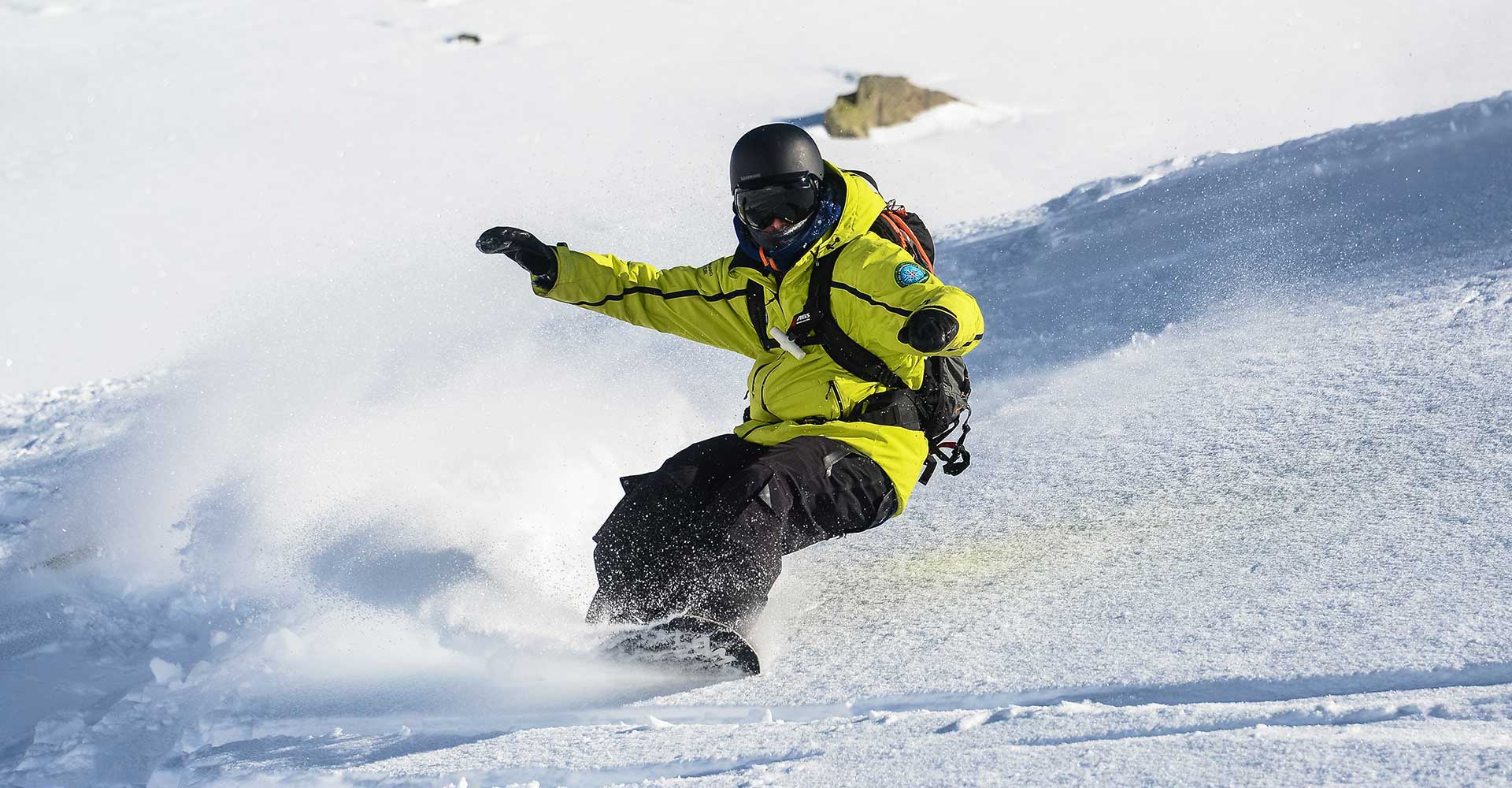Choose Your
Snowboard

When choosing a snowboard, whether you are a beginner or an expert, you need to consider 3 important factors: flexibility, shape and size. Depending on your use, you will combine these 3 factors to find your ideal snowboard. As there is a wide range of snowboards available, you are sure to find your ideal partner!
The flex
If you are a beginner and you are not looking for a stiff snowboard, you should choose a softer snowboard. Softer boards are much more flexible and playful than hard boards. Most professional snowboarders use very stiff boards. These boards are designed to absorb big impacts and to be very precise. However, they are much harder to handle and are not forgiving of even the slightest mistake, so it is easier to fall.
A softer board will by definition be easier to turn and therefore more enjoyable for your first few weeks in the mountains. As your riding progresses, you can choose a stiffer board.
The shape or form
Directional VS twin :
- Directional shapes are more common in freeride and all-mountain snowboards. It is an asymmetrical design, so the snowboards are mounted in one direction. The nose (the front of the board) will be longer and wider and the tail will be shorter. You will have a rear-facing foot position.
- Twin shapes are designed for park / freestyle boards. The symmetrical design between the nose and tail, which are identical, allows you to slide in both directions. Perfect for your first 180 on the slopes or in the park!
Camber VS rocker VS flat:
- Camber is a traditional snowboard profile, it offers a lot of pop and is therefore very popular among top riders in snow parks. Camber boards have a slight upward curve from nose to trail. Once on your snowboard the pressure will be uniform and therefore the glide optimal. This camber is less suitable for beginners.
- Rocker (also known as inverted camber): The rocker is an inverted camber that looks like a “banana”. This results in fewer edge faults and therefore easier gliding. It is a more playful board. Thanks to this shape, the snowboard floats well in powder snow and pivots more easily underfoot.
- Flat: The flat camber has no curve between the nose and the tail. This shape is a compromise between camber and rocker. It will be easier to turn and you will have a better grip with more reactivity. It’s a pretty versatile board.
There are also many variants, such as rocker-camber-rocker; camber-rocker-camber; rocker-flat-rocker; etc., which combine the above mentioned specifications.
Size and width
Now that you know which type of snowboard is best for you, you need to choose the right size.
For the width make sure your feet don’t come over the edge of your board. If you have big feet, sizes bigger than UK 10, US 11 or 45 EUR, you will need a wide model, more than 25 cm, to avoid toe pull (when your feet touch the snow during a frontside turn). Wide models are easy to recognize with a “W” behind the board size.
Going for a smaller size will make the snowboard more manoeuvrable but less stable and versatile. A larger board will be stable but difficult to steer. The rule of thumb would be to say that your snowboard reaches your chin. But this will vary according to your profile and desire.
The style
You will also choose your snowboard according to your use: All mountains, freestyle or freeride.
Freestyle / Park: this is a board made for freestyle, snow parks and tricks. It will require a relatively high level of practice to be comfortable. It is a board with a twin profile, meaning that the board is symmetrical to be able to ride on both sides and the bindings are in the middle. Freestyle boards are a little wider than the smaller all-rounders, but they are still very manoeuvrable and playful. They are often soft, dynamic snowboards but can be stiff for big air and half-pipe.
Freeride: You will probably opt for a directional board with a long rocker nose to help you float and a shorter tail. Freeride boards are often longer than average.
All-Mountain: Most all-mountain boards are directional, slightly longer than snowpark boards. They have a medium to high flex to improve edge hold at high speeds. If you intend to spend most of your time on the slopes, but also want to do tricks in the Snowpark and enjoy the backcountry after a new layer of snow, this is the board for you.


